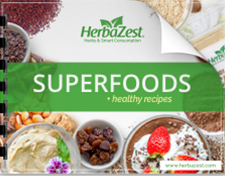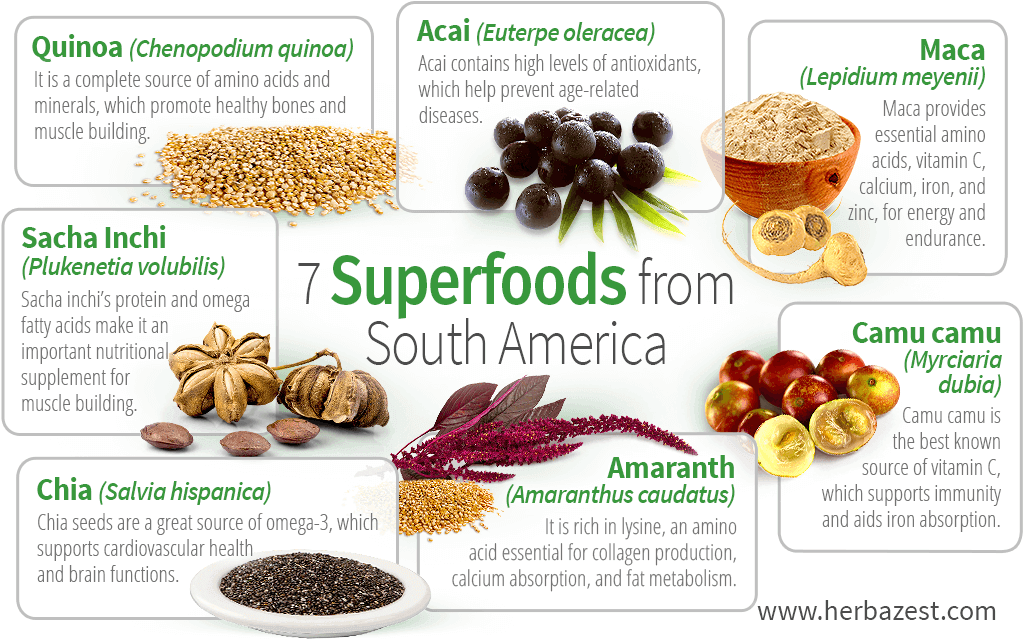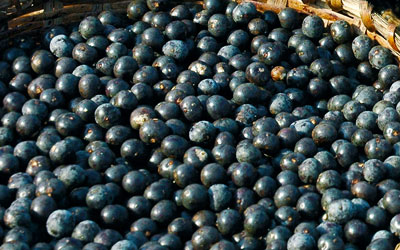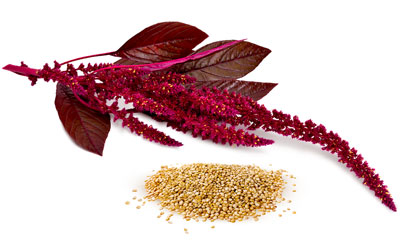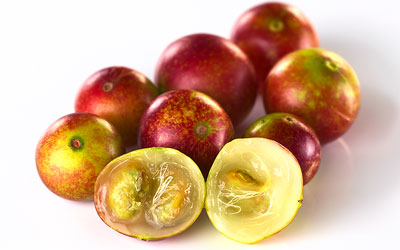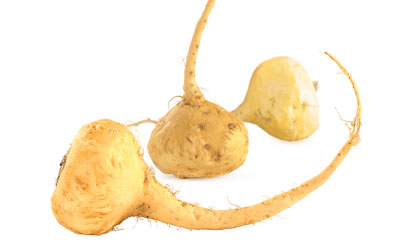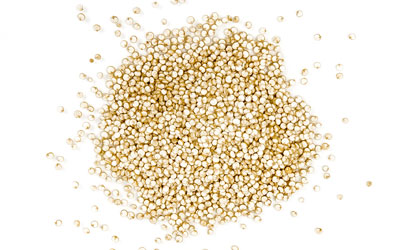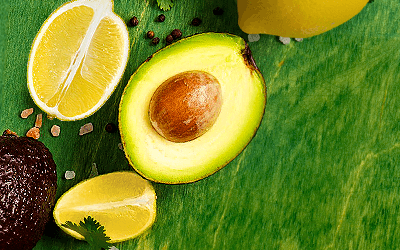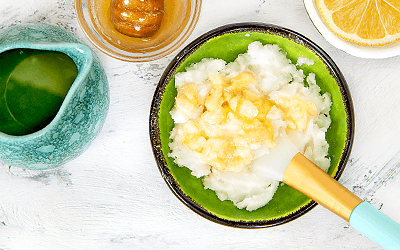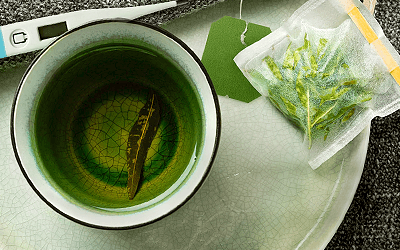"Superfood" is a term commonly used for foods that are particularly high in nutrients as well as those harboring some potential health benefits. Because of this, they carry a lot of weight as an addition to an already healthy diet and lifestyle. Read on to find out about some of South America's best participants in this extraordinary category.
1. Quinoa (Chenopodium quinoa)
Considered a pseudograin, quinoa is a remarkable, gluten-free food, offering many health benefits and versatility. For the average consumer, it is particularly beneficial because it contains good levels of protein, fiber, healthy fats, and other nutrients. On top of that, studies have shown that quinoa and kaniwa are rich in flavonoids, which are known for their antioxidant and anti-inflammatory properties.1 Use it as a substitute for rice, add it to soups or salads, or try it with baked goods.
2. Sacha Inchi (Plukenetia volubilis)
Native to South America, sacha inchi offers an exceptional nutritional profile. Its characteristic fruit pods contain an abundance of seeds, which are packed with protein and healthy fats, such as omega-3 and omega-6 linolenic acid. Sacha inchi oil has a pleasant nutty flavor, which makes it an excellent addition to salads and other culinary dishes, whereas its powder is a powerful nutritional supplement. This herb is also studied for potential health benefits, particularly promoting muscle growth and strengthening the heart.
3. Chia (Salvia hispanica)
Chia seeds are gaining international recognition as numerous studies are validating their superfood properties. This South and Central American herb is said to improve cardiovascular health and aid in the management of diabetes by stabilizing blood glucose. These medicinal properties are attributed to chia's richness in proteins and healthy oils as well as its essential minerals, such as phosphorus, calcium, magnesium, and many more.
4. Amaranth (Amaranthus caudatus)
Less known than quinoa, this South American herb has the full right to be considered a superfood. Amaranth is packed with easily-digestible proteins and calcium among other essential compounds. Its nutritional profile - particularly its peptides, lysine, oils, and phytoesterols - has been recognized for anti-inflammatory and anti-carcinogenic properties. These compounds are also said to regulate blood pressure and lower cholesterol. Amaranth is also a good fiber source and a great option for gluten-intolerant consumers.
5. Camu camu (Myrciaria dubia)
The astounding amounts of vitamin C are one of the factors securing camu camu's position among the most famous South American superfoods. Native to the Amazonian regions, this fruit has been recognized for its anti-inflammatory properties and strengthening the immune system, which is essential for disease prevention. Its vitamin C helps with iron absorption, and along with other minerals such as magnesium, it supports skeletal system and eye health.
6. Maca (Lepidium meyenii)
A plant grown high in the Andes, maca has been hailed as somewhat of a "wonderherb." Because of its nourishing effects on the endocrine system, it has been successfully used to increase energy levels, promote fertility in both men and women, and relieve menopause symptoms, such as anxiety and hot flashes.
7. Acai (Euterpe oleracea)
Don't let the size of this little berry fool you. Acai has more antioxidants than blueberries, strawberries, cranberries, blackberries, and raspberries! Antioxidants work to inhibit the damaging effects of free radicals, which may contribute to aging or DNA damage.
These seven delicious superfoods from South America are bursting with phytonutrients, necessary for a vigorous and balanced life. Their benefits can be improved when combined with exercise and other healthy foods.
Sources
- Chemistry Central Journal, Cacao seeds are a "Super Fruit": A comparative analysis of various fruit powders and products, 2011
- Clinical Immunology, Bromelain treatment decreases secretion of pro-inflammatory cytokines and chemokines by colon biopsies in vitro, 2008
- Huntington College of Health Sciences, Maca
- Journal of Biomedicine and Biotechnology, The Promising Future of Chia, Salvia hispanica L., 2012
- National Institutes of Health, Bromelain
- University of Kentucky, Grain Amaranth
- University of Michigan Health, Maca
- MedlinePlus Herbs and Supplements, Special Cocoa Drink May Improve Age-Related Memory Loss, 2011
Footnotes:
- Food Chemistry. (2010). Flavonoids and other phenolic compounds in Andean indigenous grains: Quinoa (Chenopodium quinoa), kañiwa (Chenopodium pallidicaule) and kiwicha (Amaranthus caudatus). Retrieved August 8, 2022 from https://sci.bban.top/pdf/10.1016/j.foodchem.2009.09.087.pdf#page=1&zoom=auto,-18,795
